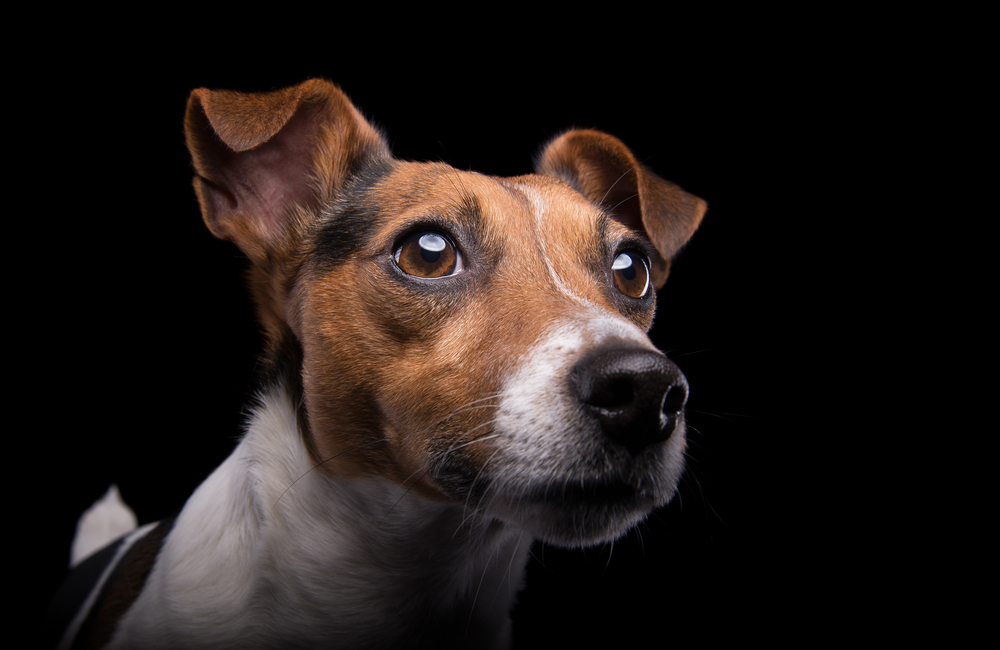Are Dogs Colorblind?

Dogs do have a unique way of seeing the world. But despite what you might have heard, the canine perspective isn't black and white. Dogs, like the humans who love them, can see colors. They just can't see as many colors as their handlers. This is because dogs only have two kinds of color-detecting cells (or cones) within their retinas.
Most human retinas, by contrast, contain three kinds of cones, allowing them to see more of the wavelengths along the visible spectrum.
In his experiments with canines, Jay Neitz — a color vision scientist at the University of Washington — found that dogs' perception of color is similar to that of red-green colorblind people. Just as dogs only have two types of cones with which to detect color, so too do those with red-green colorblindness, who may either be entirely missing a third type of cone or who have a cone type that is defective in some way.
And like people with red-green colorblindness, dogs perceive colors differently than humans with normal color vision. For dogs, what most people see as red most likely appears to be dark brown, while green, yellow and orange all look "yellowish." Something that looks blue-green to humans — say, the ocean or a pool of water — looks gray to a dog, and purple objects just look blue.
Neitz's research indicates that dogs, like colorblind people, may use certain cues to distinguish one color from another.
"A lot of the time there are good cues to help them figure it out; for example, red objects tend to be darker than green objects," Neitz said. "So, if it's a dark apple, a red-green color-blind person would know that it's probably a red one, and if it's a lighter apple, it may be a Granny Smith."
But just because your color vision is likely superior to your pet's, that doesn't mean your overall eyesight is better than a dog's. Researchers have found that dogs evolved to see clearly even in the absence of light. [See also: Cats and Dogs May See in Ultraviolet]
Get the world’s most fascinating discoveries delivered straight to your inbox.
Like the human retina, the canine retina contains other kinds of photoreceptors in addition to cones, called rods. These light receptors do not perceive color, but they are sensitive to light and dark changes, as well as shape and movement. And the ratio of rods to cones in the retina is much higher in dogs than it is in humans. This high concentration of rods allows dogs to see better than humans in dim light and makes them better at detecting motion.
Behind its retina, a dog also has a reflective membrane, known as a tapetum, which reflects the light not captured by rods and cones back into the retina. This gives dogs a better chance of catching any dim light entering the eye, facilitating nocturnal hunting and other nighttime activities.
Follow Elizabeth Palermo on Twitter @techEpalermo, Facebook or Google+. Follow LiveScience @livescience. We're also on Facebook & Google+. Originally published on Live Science.



